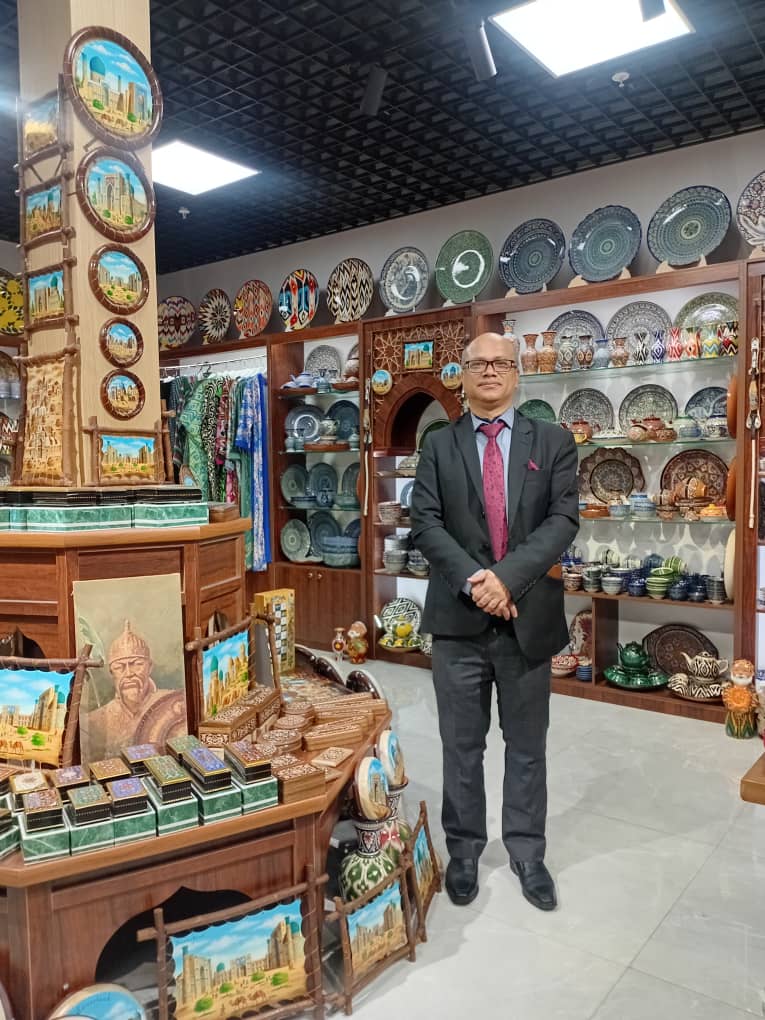Back to News
LLM Architectures Transform with Rise of MoE and State Space Models
7/10/2024
LLM architectures are evolving rapidly with Mixture-of-Experts (MoE) and State Space Models (SSMs) offering significant efficiency gains and improved long-sequence handling over traditional Transformers.
The architectural landscape of Large Language Models (LLMs) is undergoing a significant transformation, driven by the imperative for greater efficiency alongside improved performance. Mixture-of-Experts (MoE) models, exemplified by DeepSeek-R1 (671 billion parameters) and Mistral's Mixtral 8x22B, are gaining widespread adoption. These models selectively activate specialized "expert" networks for a given input, allowing for vast parameter counts (e.g., DeepSeek-MoE 16B activating only 2.7 billion parameters per token) without proportional computational cost increases, achieving an optimal balance between performance and efficiency, particularly in fine-tuning domain-specific applications. Concurrently, State Space Models (SSMs) like Mamba and Mamba-2 are offering sub-quadratic computational complexity, a significant advantage over the quadratic complexity of Transformer attention mechanisms, proving highly efficient for long sequence handling. Hybrid variants such as mmMamba demonstrate substantial speedups (up to 20.6x) and memory savings (up to 75.8%), indicating a maturing field where resource efficiency and sustainable deployment are as critical as raw performance, leading to more practical and widespread LLM applications on diverse hardware environments.